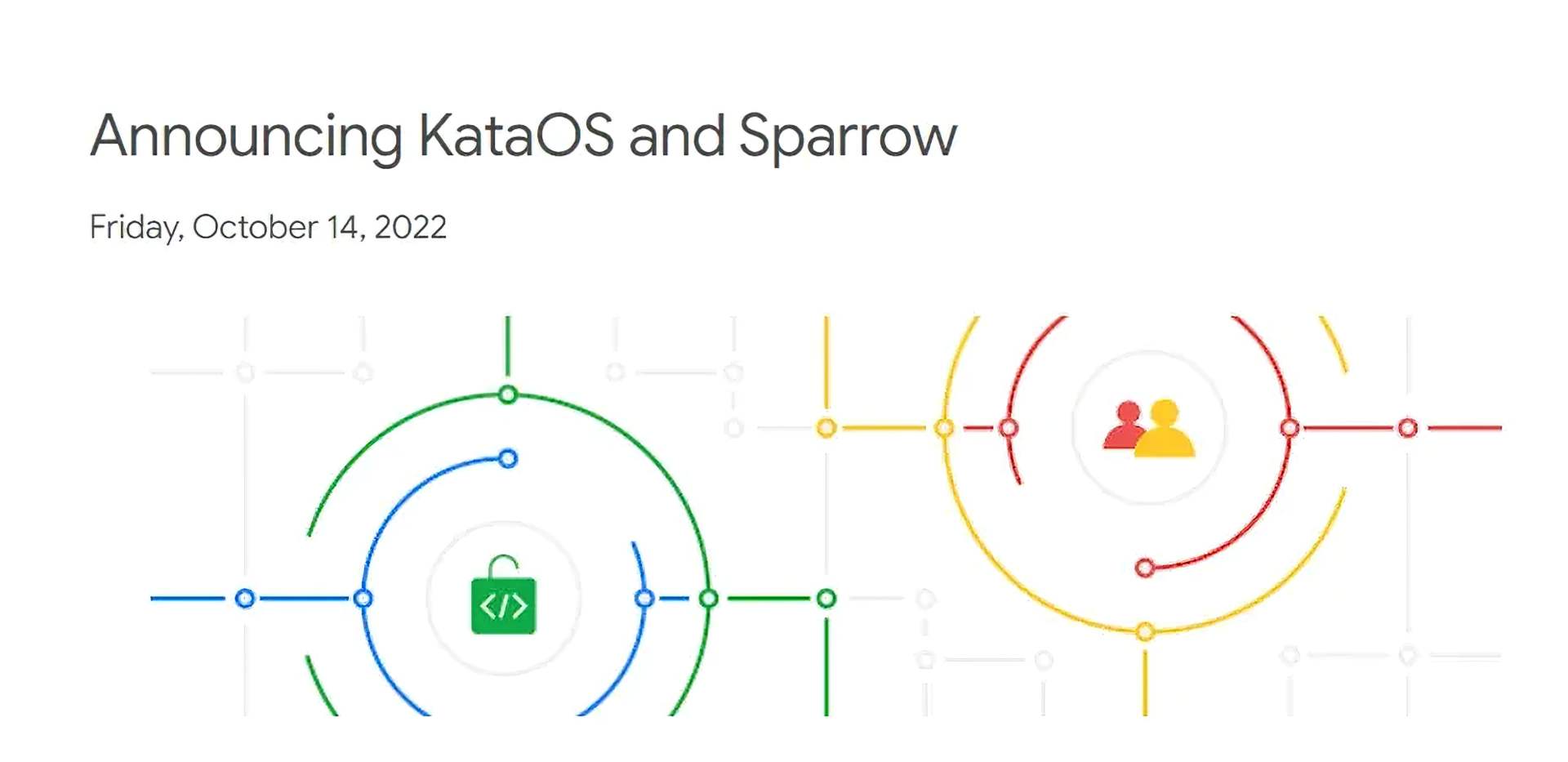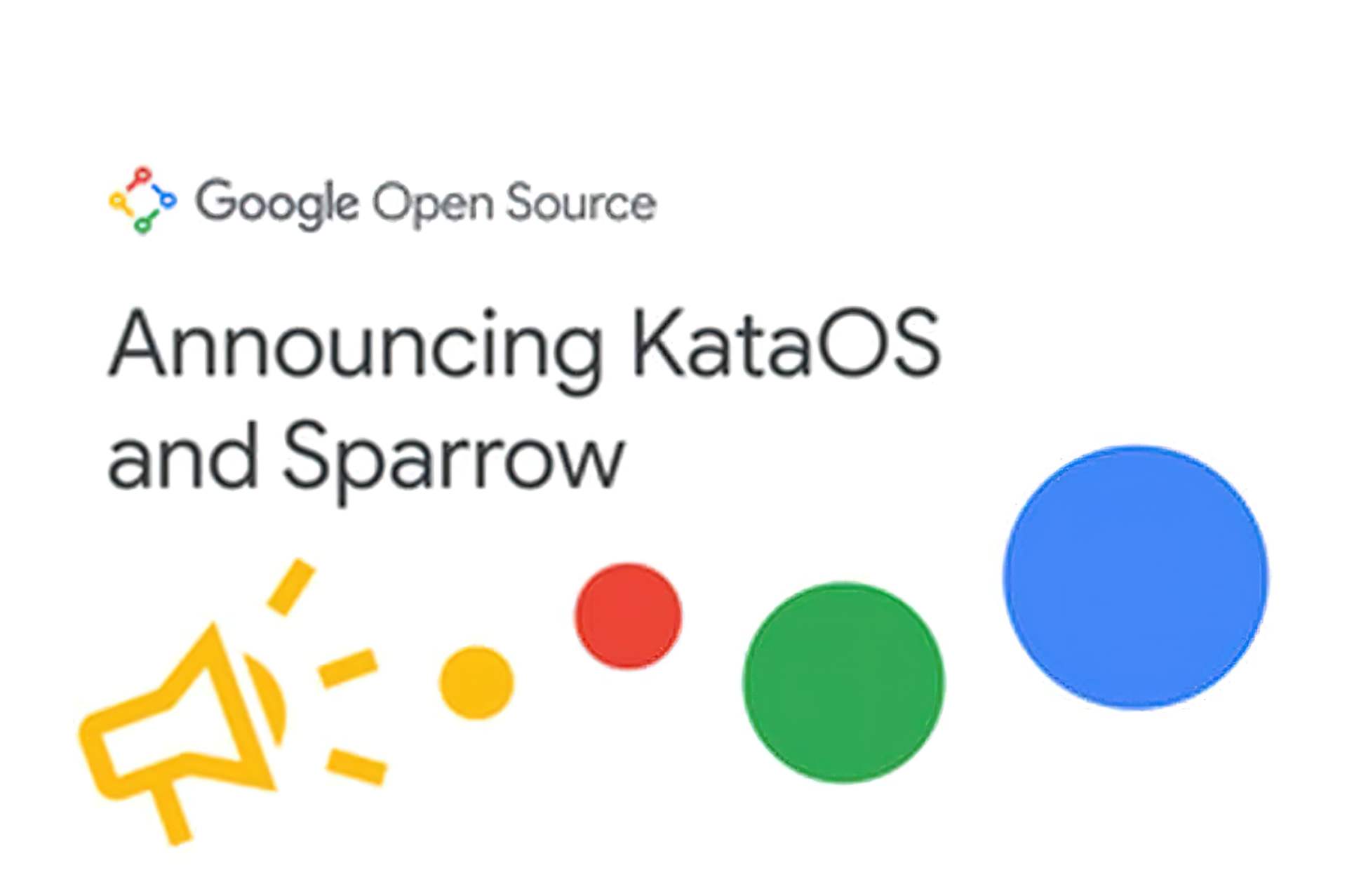Google KataOS was introduced over the weekend, an operating system for embedded devices focusing on the runtime environment with an emphasis on machine learning workloads.
KataOS is built on the seL4 microkernel and is intended with security in mind. It employs the Rust programming language entirely.

Do you know Netflix ad supported plan is coming on November 1st?
What is Google KataOS?
Google has announced the KataOS operating system. This system’s purpose is to offer a security solution for embedded devices. There are more smart gadgets that gather and analyze data from their surroundings. These gadgets, according to Google, are more vulnerable to security threats. As a result, a simple solution that is a verifiably secure system for embedded hardware is required. There is a problem if the technology around us cannot be mathematically demonstrated to keep data safe. This is because the data they gather may be vulnerable to outside attackers. This implies that viruses can steal photos, audio recordings, movies, and other data. This is why Google was forced to introduce KataOS.
Google KataOS’s primary use case is the expanding number of smart devices, particularly embedded hardware running machine learning applications. The industry is currently devoting increasing attention to RISC-V, and support for the CPU architecture is the main priority of Google KataOS.

Google announced on the open-source blog:
“As the basis for this new operating system, we chose seL4 as the microkernel because it puts security front and center; it is mathematically proven to be secure with guaranteed secrecy, integrity, and availability. By seL4 CAmkES framework, we are also able to provide statically defined and analyzable system components. Google KataOS provides a verifiable security platform that protects the user’s privacy because it is logically impossible for an application to breach the kernel’s hardware security protections, and the system Components are verifiably secure. KataOS is also implemented almost entirely in Rust, which provides a strong starting point for software security, as it eliminates entire classes of bugs, such as one-by-one errors and buffer overflows.”
The current GitHub release includes most of the core parts of Google KataOS, including our frameworks for Rust (like the sel4-sys crate, which provides the seL4 system call API), an alternate root server written in Rust (requires dynamic system-wide RAM management) , and a kernel modification to seL4 to reclaim RAM used by root servers. “
Check out Google’s open source blog for more details. You can also see the progress of related projects on GitHub. If you’ve welcomed this news about yet another Google project check out this awesome Google news: Google in talks with Tottenham for £1bn stadium naming rights deal.
KataOS runs third party app
Google collaborates with Antmicro as well. The partnership will make it possible to emulate and debug GDB on target devices using Renode. Internally, KataOS has the ability to dynamically load and run third-party programs. Even programs created outside of the CAmkES structure can execute on it. The components required to execute these apps are not yet present in the Github source. Google does, however, intend to make these operations available soon.
Additionally, Google has created Sparrow, a reference implementation for KataOS. Sparrow was created to completely demonstrate the secure environment system. It has a safe hardware platform and runs KataOS. On the RISC-V architecture, Sparrow features a root of trust that has been proven to be secure. Along with the secure operating system kernel, this exists. Google plans to employ QEMU emulation for KataOS’ initial release, nevertheless. This emulator will be used to operate the 64-bit ARM system, which is more widely used.





